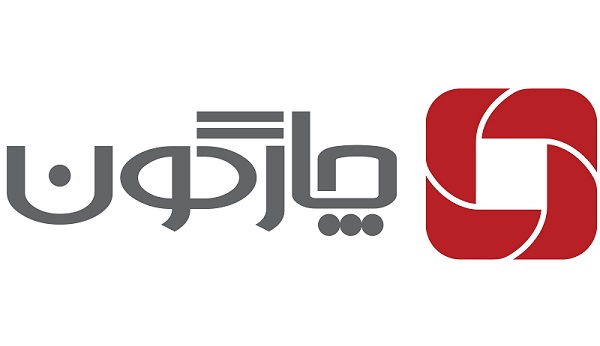Farzad Rahmani, CEO of Chargoon, explained the role of cloud technology in the growth of digital economy.
According to Iran digital economy annotation, the CEO of Chargoon believes that digital technology has the power to change the economic relations in the country and this potential should be used and change the perspective. He believes that various Iranian organizations have shown that they have realized the necessity of using technological solutions to advance their goals.
The digital economy underwent significant changes with the help of technology, and therefore, many people found the ability to play the role of producer and supplier in the market. “Farzad Rahmani” believes that what is being implemented in Iran in the field of B2C is not far from the general current in the world and the differences are only in technology, which in cases such as production, we face limitations in Iran. Dad:
“The conditions are slightly different in the B2B field, and due to the weak presence of human experts in this field, we move at a slower speed than the rest of the world. Because when it comes to technology, human power plays a prominent role and this role cannot be filled with mere words and rules.”
According to Rahmani, despite the fact that the digital economy completely changes the traditional definitions of business with the help of technology, internal and external constraints are an important factor that directly affects the work of human power, however, in the B2G field, where governance and government The user is the product, a long way has been traveled till today and considerable efforts have been spent to deploy the technology.
Rahmani emphasized the challenge of fragmentation and considered the ideal point to be a place where all government services can be received in a single portal and each device is not in charge of licenses and processes independently. In this regard, he said: “This action is because the service provided to the citizen is of low quality and does not reach him with the passage of time.” Digital transformation practically starts from the government itself and is transferred to other sectors. There is a lot of room for work in the field of B2G and it needs a new look.
Rahmani presented technological solutions to the organizations and explained: “The first form, which has been customary in the past years until today, was based on the provision, installation and maintenance of the system and data at the organizations’ location. The second form, made possible by the growth of technology and the emergence of cloud technology, allows organizations to be only users of the service and not be involved in installation, maintenance and deployment in any way.
Regarding the second form, he stated that organizations can access all the system tools to manage their business just by logging in.
He pointed to the challenges ahead in providing cloud solutions and explained: “In the Cloud Computing category, good investments have been made in the country and good infrastructure has been provided. One of the challenges we face in the B2B sector is that manufacturers of technological solutions do not receive the true price of their products. Organizations inevitably pay the real price of the product to procure hardware; But when it comes to software or solutions, the situation changes. “Also, part of the challenges of using the cloud is the decision to enter the cloud technology into the organization.”
Rahmani considered the benefits of cloud technology to enter organizational processes as transparency, speeding up the processes and productivity of the organization, in line with his view of the future of the digital economy with a cloud technology approach, he explained: “I think that in the future, organizations will consider their own efficiency They choose whether the solutions they use are in the cloud or in the installation space.”
Regarding the advantages and disadvantages of cloud technology, he said: “Each has its own advantages and risks. In cloud solutions, organizations only pay for the service and do not pay for infrastructure challenges and costs. They don’t need to think about how to secure information or how to provide infrastructure. This is what is called pay as you go, and it is more economical for organizations.”
While emphasizing the fact that technology is changing, CEO of Chargoon said: “Very large organizations may be more inclined to use installed enterprise software for both management and economic reasons. But technological tools are changing, and large organizations should think about using the new generation of technology, both in the field of infrastructure and in the field of products. In the near future, a variety of cloud services will be offered, which will increase the choice of organizations.”
He believes that cloud space will be more popular in smaller organizations, and although managers in larger organizations will still look at installed systems, artificial intelligence and business intelligence will find their way and help managers of organizations.
Regarding his vision, he said: “My vision is that over time, the luck of organizations, especially the agile sectors of the industry, will increase to cloud-based technological solutions.”




No Comment! Be the first one.